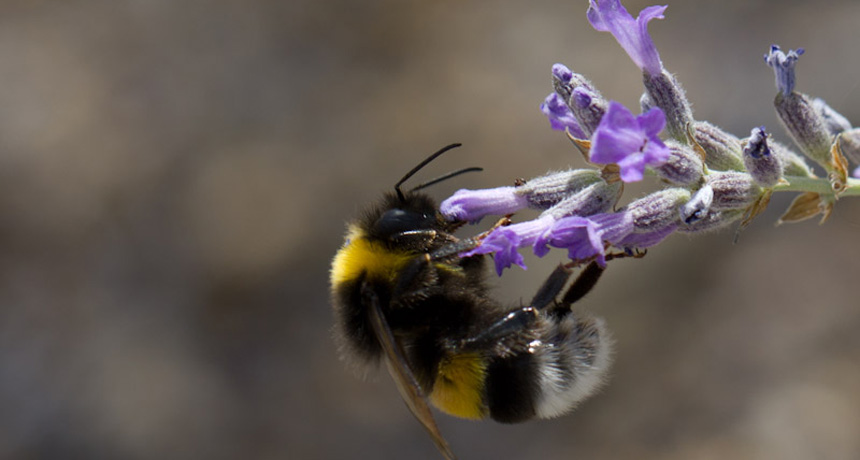Bees may merge their flower memories
Experiments show that colors, patterns signaling treats get mixed up on later visits

SUGAR RECALL Buff-tailed bumblebees (one shown) may merge memories of flowers that they’ve visited in the past, which may influence the blooms they explore in the future, a new study suggests.
q_ilex/Flickr (CC BY-NC-ND 2.0)